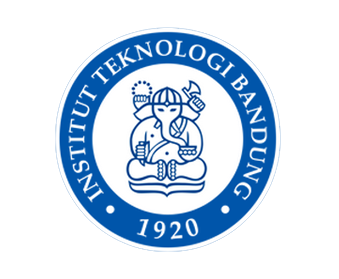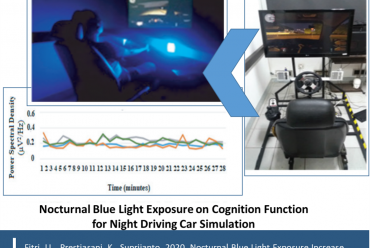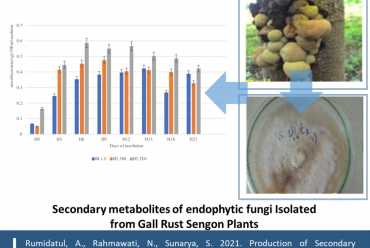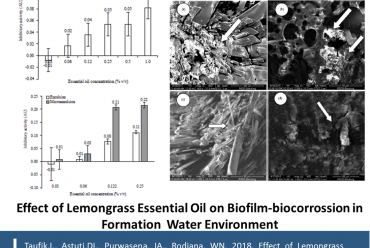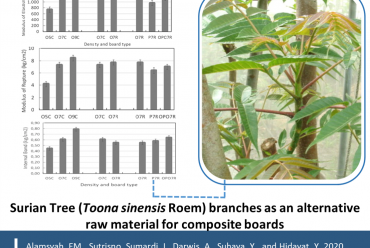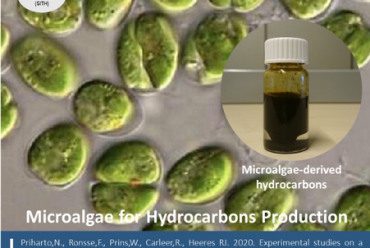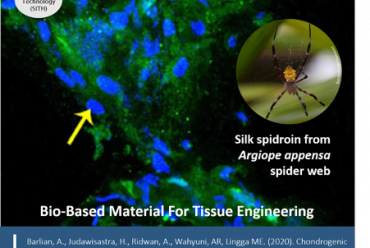Synergistic Effect of Ultrasound and Cecropin p1 Antimicrobial Solutions in Deactivating Escherichia coli 0157:H7 with a Clyndrical Ultrasonic System
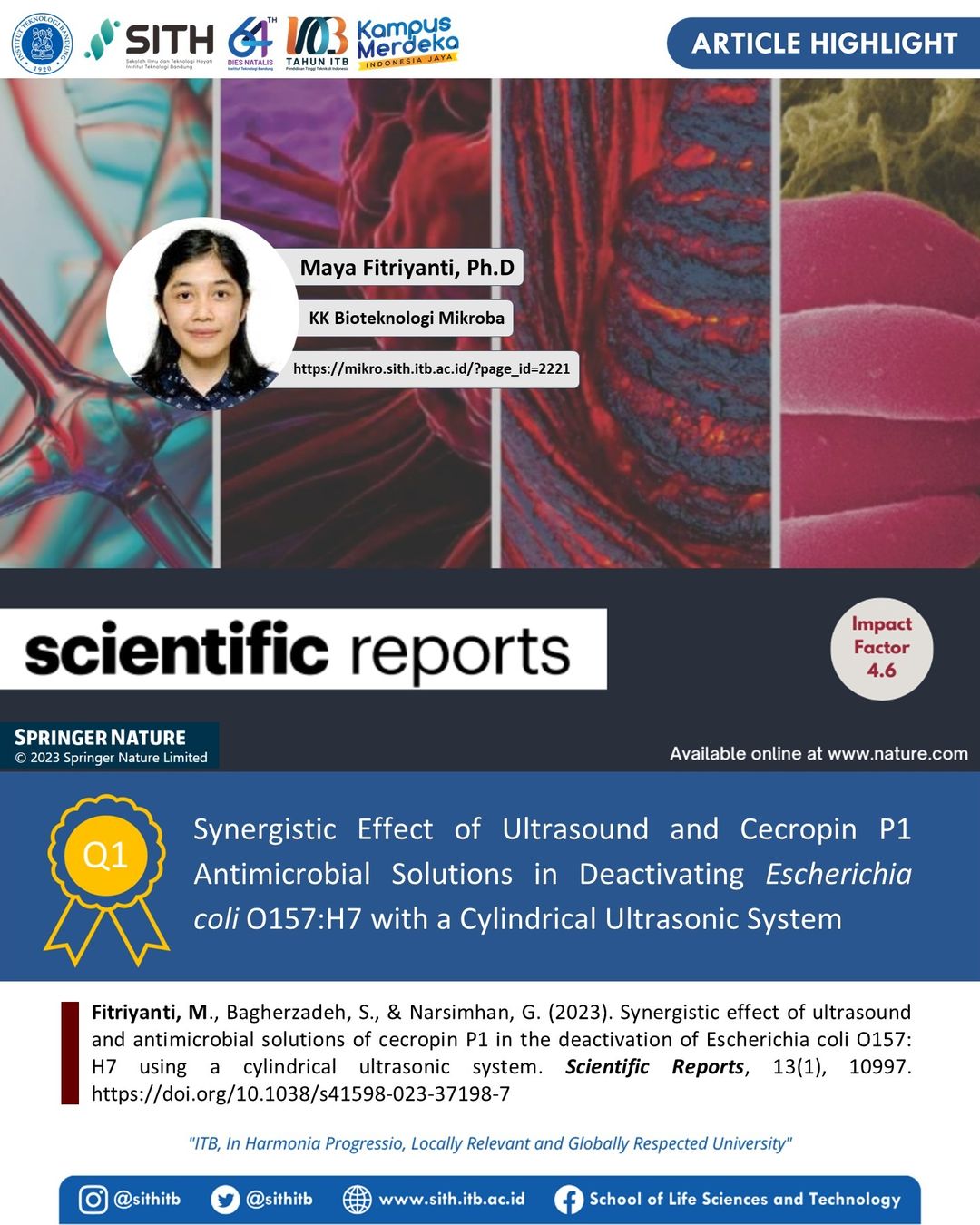
The inactivation of E. coli at pH 7.4 was performed using: ultrasonication (14, 22, and 47 kHz), cecropin P1 (20 µg/mL), and a combination of both. Maya Fitriyanti, Ph.D and her colleagues found the treatment at 22 kHz, 8W for 15 min of exposure and a combination of ultrasound at higher frequency (47 kHz, 8 W) and cecropin P1 for one minute of exposure were more efficient, reducing the cell density by six orders of magnitude, compared to individual treatments (ultrasound or cecropin P1 only). Dye leakage studies and transmission electron microscopy further validated these results. A continuous flow system was designed to demonstrate synergism of ultrasonication with antimicrobial peptide Cecropin P1 in the inactivation of E. coli; synergism was shown to be more at higher ultrasonication frequencies and power levels. Acoustic cavitation by ultrasonic treatment could drastically improve microbial deactivation by antimicrobial peptides cecropin P1 by increasing their ability for pore formation in cell membranes. A continuous ultrasonication and antimicrobial peptides system can lead to an energy-efficient and economical sterilization system for food safety applications.
Article Citation:
Fitriyanti, M., Bagherzadeh, S., & Narsimhan, G. (2023). Synergistic effect of ultrasound and antimicrobial solutions of cecropin P1 in the deactivation of Escherichia coli O157: H7 using a cylindrical ultrasonic system. Scientific Reports, 13(1), 10997. https://doi.org/10.1038/s41598-023-37198-7
Image:
Maya Fitriyanti, Ph.D. Profile Picture
(Source: https://mikro.sith.itb.ac.id/?page_id=2221)
Scientific Reports Cover
(Source: https://www.nature.com/srep/)
https://www.canva.com/

